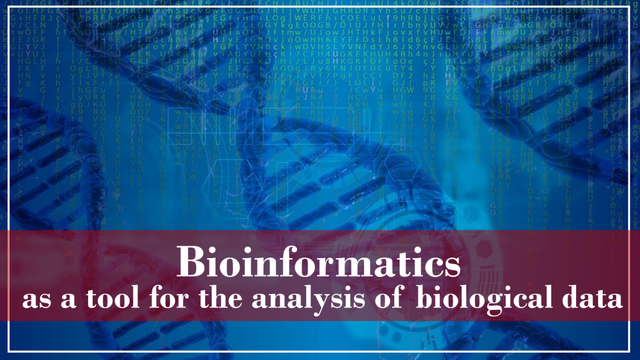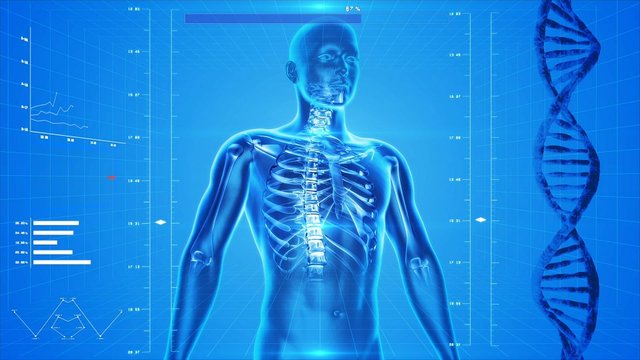
It is asserted that the great technological advances have been produced in the last five decades, according to the appreciations that have the modern society, fundamentally because the multiple technological tools, developed during the last 50 years promoted and facilitated important procedures by means of the implementation of technological innovations mainly in the sectors; communication, industrial, feeding, transport, and education.
Now then, a little bit to complement this conception that modern society has, it is important to emphasize that the technological advance of greater significance reached at world-wide level in this lapse is the Bioinformatics, or scientific area that combines, the biology with the technology of the information and/or computation, with the objective to store the information obtained by means of rigorous experimental investigations, to make a computerized analysis of the reported biological data, soon to extract all the possible information with the purpose of creating a global perspective, that allows to discern the unifying principles of the biology.

Fig. 2 Bioinformatics combines biology with information technology and/or computing. Image of public domain, Author: Public D, 2013
In this sense, this publication aims to socialize the fundamental elements related to Bioinformatics, and their relationship in the development of algorithms and statistical tools that allow genetic sequencing alignments (determination of the order of nucleotides in a DNA oligonucleotide), in addition to the potential use of this technological tool for the construction of phylogenetic tree (artificial scheme that links the evolutionary relationships between various species), through the use of bioinformatic programs, among these the most applicable are; Megalign, SeqMan and EditSeq.
Within biology, bioinformatics is considered a computational tool widely used by experts in biotechnology, basically for the management and analysis of biological databases, and although its greatest utility is genetic sequencing, it is also usually attributed a broader sense, such as the fusion of computational techniques with the understanding and appreciation of biological data for the determination of the molecular secrets of life, among these; detecting hereditary diseases, and knowing in advance probable errors of genetic coding, which can end in mutation and congenital syndromes in the decencies of any species.

Fig. 3 The greatest utility of bioinformatics is genetic sequencing. Image of public domain, Author: Public D, 2013
Bioinformatics covers the use of techniques and tools used in three separate disciplines; Molecular Biology (where the data to be analyzed originates), Computing (which provides the hardware, the communication channels of the results between researchers) and Data Analysis through algorithms (which delivers the programs and results to be analyzed). I hope you found this information useful, which aims to provide necessary content and its link with the great advances in technology.
BIBLIOGRAPHICAL REFERENCES CONSULTED:
[1] Dopazo J., Dragoni I., Falciani F. Methods and approaches in the analysis of gene expression data. J Immunol Methods. 2001; 250: 93-112. Article: Online access
[2] Kumar A., and Chordia N. Role of Bioinformatics in Biotechnology. Res Rev Biosci. 2017; 12: 1. Article: Online access
[3] Pearson W., and Lipman D. Improved tools for biological sequence comparison. Proc Natl Acad Sci U S A. 1998; 85; 8: 2444–2448. Article: Online access
[4] Rana J., and Vaisla K. Introduction To Bioinformatics. Tools & Applications. 2012; 11-18. Article: Online access